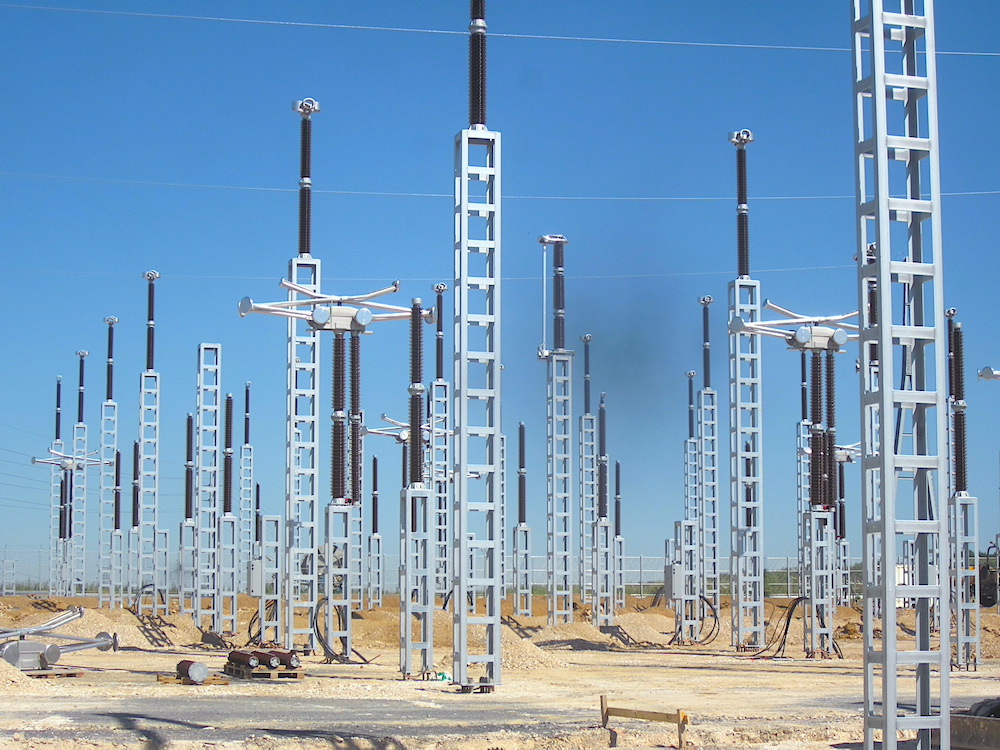Indeed, Brillard & Choin's strategic choice to have its production in France has paid off. A large number of our customers' projects were postponed or even cancelled, due to the inability of foreign competitors to deliver the pylons within the short deadlines requested (pandemic in Italy, Spain, customs measures, etc.). The health crisis was a fabulous opportunity that Brillard & Choin was able to seize to demonstrate the virtue of its "made in France" approach (in line with the government's efforts to relocate strategic sectors) by delivering to its customers a service rate close to 100%.
Indeed, the development of the electric vehicle market has 3 main effects on energy consumption: its demand extends over the entire French territory, the energy requirement for recharging batteries is significant and the need is constant all year round. This is why the development of the 63-90 kv pylon market throughout the country will be significantly accelerated.
In fact, the burying of lines only concerns medium and low voltage lines (220v to 20kv) and mainly in urban areas. The burying of high and ultra high voltage lines (63kv to 400 kv) is technically complex and requires considerable investments that households are certainly not ready to bear on their electricity bill. A buried line can cost up to ten times the price of an overhead power line. But it is also important to know that while buried lines are safe from storms, they are not safe from floods or landslides. They also require more complex monitoring and maintenance, more time-consuming repairs, not to mention the refusal of landowners who happen to be in the path of a buried line.



